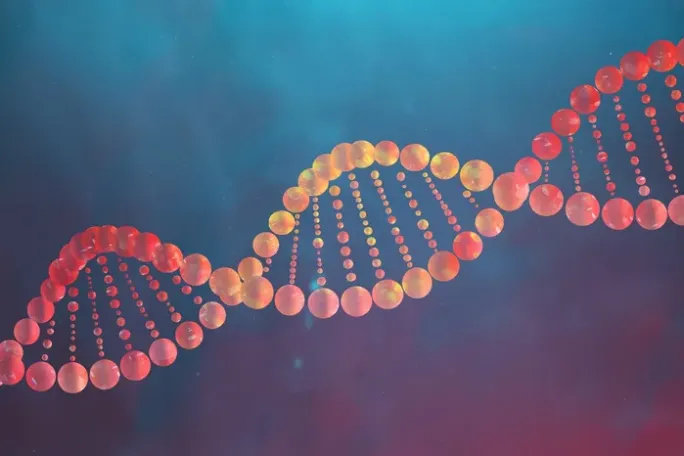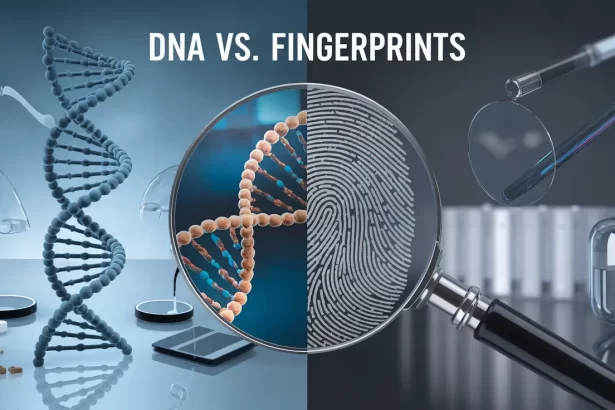In the forensic context, the concept of “aliquot” remains applicable but with specific relevance to handling and analyzing forensic samples and evidence. Here’s how aliquots are used in forensic investigations:
- Evidence Preservation: In forensic science, maintaining the integrity and preservation of physical evidence is paramount. When a forensic sample is collected from a crime scene or a suspect, it is often divided into aliquots for various analyses.
- Multiple Testing: Forensic samples can undergo a battery of tests to extract valuable information for an investigation. Each aliquot may be designated for specific tests, such as DNADNA, or Deoxyribonucleic Acid, is the genetic material found in cells, composed of a double helix structure. It serves as the genetic blueprint for all living organisms. More analysis, toxicology screening, fingerprint examination, or ballistics testing.
- Traceability: Aliquoting in forensics ensures traceability and accountability. Each aliquot is labeled, recorded, and documented to establish a clear custody chain and track its use in different analyses or examinations.
- Preservation of Original Evidence: By creating aliquots, the original sample remains preserved and protected. This is crucial in case additional tests or examinations are required at a later stage in the investigation or during legal proceedings.
- ContaminationContamination - The unwanted transfer of material from another source to a piece of physical evidence. The inadvertent touching of a weapon, thereby adding fingerprints to it is an example of evidence contamination. More Control: Aliquoting helps control the risk of contamination. Each aliquot is handled separately, reducing the potential for cross-contamination between samples.
- Quantitative and Qualitative Analysis: Forensic scientists can use aliquots for both quantitative and qualitative analyses. For example, a portion of a bloodstain may be analyzed quantitatively to determine blood alcohol content, while another portion may be subjected to DNA profiling for identification.
- Admissible Evidence: Properly handled aliquots can serve as admissible evidence in court. Their traceable and documented nature strengthens the reliability of forensic results and their acceptance in legal proceedings.
- Reproducibility: Aliquoting facilitates reproducibility in forensic analysis. Different experts can work with separate aliquots to replicate tests and verify results, enhancing the robustness of the findings.
- Sample Preservation: Forensic samples can be limited in quantity, and in some cases, they are irreplaceable. Aliquoting allows for the judicious use of these samples, ensuring that they can be reanalyzed if necessary without depleting the original evidence.
- Specialized Testing: Some forensic laboratories may have specialized equipment or expertise for specific analyses. Aliquoting allows for the distribution of samples to appropriate departments or experts for specialized testing.
In summary, aliquoting in the forensic context is a meticulous and systematic approach to managing and analyzing physical evidence. It is an essential practice that helps preserve evidence, control contamination, maintain traceability, and ensure the accuracy and reliability of forensic findings, all of which are crucial for the successful resolution of criminal investigations and legal proceedings.



